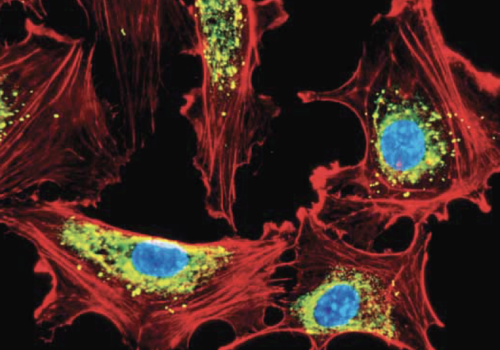Migraine is over twice as common in women as in men. In most cases, management is identical regardless of the patient’s gender, but there are a number of additional issues to consider when managing women presenting with this debilitating condition.
HRT in the balance: weighing the risks and benefits
Hormone replacement therapy (HRT) remains the gold-standard treatment for menopausal symptoms, but it has been suggested that its risks outweigh its benefits. Subsequent careful analysis of the evidence has, however, led to a more balanced consensus to help GPs and practice nurses advise women about their choices.
Beating bacterial vaginosis
Bacterial vaginosis (BV) is a common presenting problem in primary care. Several treatments are available, but relapse is very common. This article considers the diagnosis and management of BV and suggests some possible strategies when women return with recurrent symptoms.
Emergency contraception for the under-16s
Dealing with the sexual health of minors is a source of great anxiety for many health professionals. There can be great confusion about legal issues, confidentiality and worries about child protection. But it is possible for health professionals to maintain a non-judgemental approach that balances legal obligations with young people’s confidentiality and sexual health.
Endometriosis: the path to diagnosis in primary care
Although endometriosis is a common presenting problem, patients may have to wait several years for a diagnosis. The condition can be difficult to identify, but a careful history and examination help to ensure that women with endometriosis receive appropriate treatment.
The contraceptive implant
No tears? Taking action after obstetric trauma
After vaginal delivery, most perineal tears heal with few long-term sequelae, but more extensive tears can have significant implications for continence and quality of life. Since affected women may confide in their GP or practice nurse, it is important to be aware of new developments in the assessment and management of obstetric anal sphincter injuries.
Editorial
Welcome to a New Year and the fourth issue of Primary Care Women’s Health Journal (PCWHJ). 2010 is likely to be a demanding year for GPs and practice nurses. So at PCWHJ we are working harder than ever to bring you a practical journal that helps you to maintain best-practice standards in women’s health.
Obesity and contraception: weighing the evidence
We cannot help but be aware of the ‘obesity epidemic’ and its implications for patient care. Such considerations include the provision of contraception and prevention of unwanted pregnancy. But, by asking some simple questions before prescribing or issuing contraception, we can ensure safe practice.
The gentle touch: diagnosis and treatment of vulval lumps and bumps
Most vulval lumps and bumps are relatively harmless. But they can cause anxiety, discomfort and pain, and sexually transmitted lesions cause additional distress due to perceived stigma. This article sheds light on some common vulval conditions to help you to diagnose and treat the lesions, provide reassurance or refer as appropriate.
Test for HIV in primary care
If current pilot schemes are successful, routine testing for human immunodeficiency virus (HIV) is likely to be extended to general practice surgeries across the country. The authors discuss the rationale for this plan, and advise on the practicalities of testing in primary care.
Heavy menstrual bleeding? Or could it be a bleeding disorder?
Most women with heavy menstrual bleeding (HMB) can be managed according to NICE guidance. But GPs and practice nurses need to be aware that up to one in five women with menorrhagia, especially young women, could also have a bleeding disorder. It is important to identify these patients since, if left untreated, bleeding disorders reduce quality of life and may result in significant, long-term complications.






















